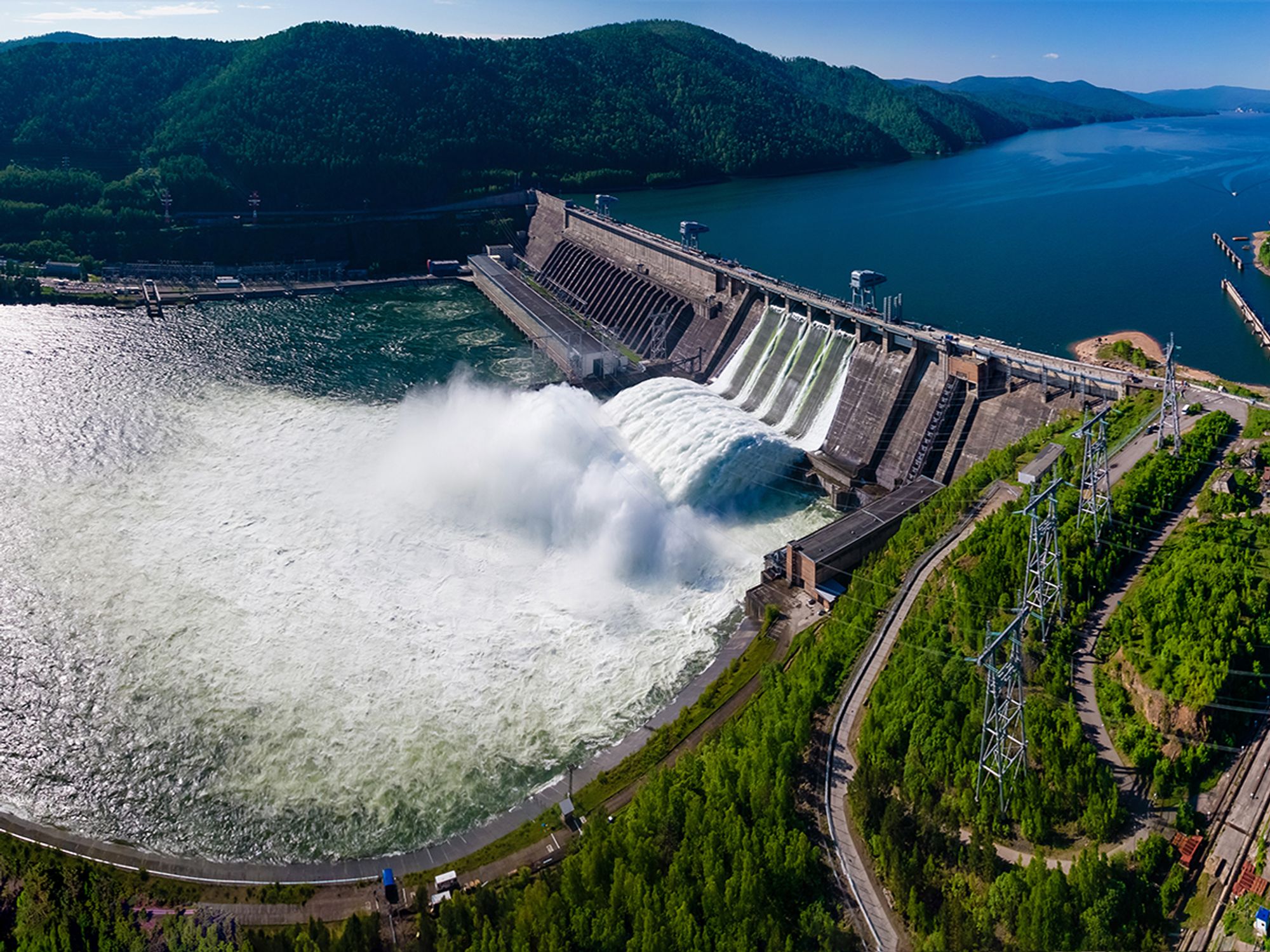Conventional

- Conventional hydroelectric facilities include run-of-the-river systems and storage systems.
While many individuals might associate hydropower with the Hoover Dam—a large facility mobilizing the power of an entire river —hydropower facilities come in many sizes. Some may be quite big. But they can be very small too, taking advantage of flowing water in community water facilities or irrigation ditches. They can also be damless with diversions or run-of-river spaces that channel a portion of a stream through a powerhouse before the water reunites with the central river. Regardless of the technique, hydropower is a lot simpler to get and more extensively used than the majority of people think. All except two states, Delaware and Mississippi, use hydropower.
Conventional hydroelectric facilities include the following:
- Run-of-the-river systems, where the river’s current puts pressure on a turbine. The facilities can have a dam in the water course to redirect water flow to turbines.
- Storage systems, where water builds in reservoirs made by dams on streams and rivers and is let out through hydro turbines as necessary to produce electricity. The majority of U.S. hydropower operations have dams and storage reservoirs.
The idea is to develop a dam on a big river that has a substantial drop in elevation. The dam keeps large amounts of water behind it in the reservoir. The water intake is close to the bottom of the dam wall. Gravity makes it fall through the gate in the dam. At the end of the gate there is a turbine propeller. This propeller is moved by the flowing water. The turbine’s shaft goes up into the generator, which makes the power. Power lines are tied to the generator that brings electricity to a business. The water goes on past the propeller into the river beyond the dam.
